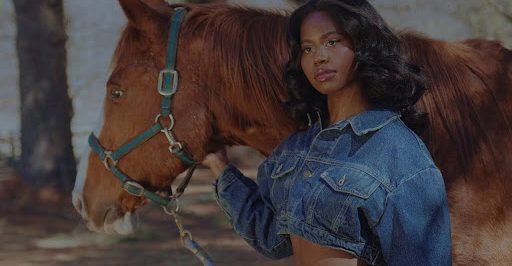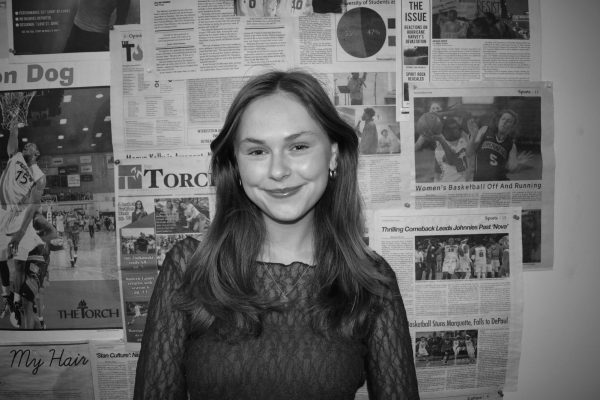
As the weather begins to cool, the new revival of reading has made for many ambitious “to be read” lists for this fall. Reading is becoming more popular in 2022, and social media helps provide thousands of book recommendations to satisfy new readers.
The genres and themes are endless, but my personal favorite lately has centered around the fictional or real lives of women. More women are being recognized in novels and the book industry itself, and through various genres I have found my favorite feminist works. Many of these novels touch on sensitive topics, so before reading, research possible trigger warnings.
“So Sad Today: Personal Essays” by Melissa Broder
“So Sad Today” is a collection of essays that began as tweets from Broder’s anonymous twitter handle @sosadtoday. These nonfiction stories are brutally honest and do not hold back on the struggles of the author with topics ranging from sex, love, anxiety and addiction, as well as simpler issues—like getting a text back.
Broder’s writing is an acquired taste because of the discomfort it causes in its raw honesty. However, it is extremely refreshing to see an author, especially a woman, be so truthful in her experiences to normalize the aspects of girlhood. Broder’s well known novel “Milk Fed” has similar themes and is a more cohesive story, instead of a collection of essays. Both have similar subjects, and Broder draws from her own life to create relatable content for other girls to share what brought her out of her agonizing cycle of anxiety and depression.
“The Nightingale” by Kristin Hannah
A classic historical fiction novel, “The Nightingale” is the story of two sisters – Vianne and Isabelle – during World War II. Many historical fiction novels, especially during this time period, are centered around men and their bravery fighting in war. Although that is something to be commemorated, so is the role of women. Throughout the novel the two sisters represent the “women’s war” that is rarely depicted in these novels.
Vianne and Isabelle suffer from losing their womanhood as they struggle to survive, and even join the rebellion against the war despite imminent consequences. Full of emotion and inspiration, “The Nightingale” is a poignant tale of the work women performed during the war, and serves as an example for women who are told that there is nothing a girl can do. “Oh, for heaven’s sake, Isabelle. Paris is overrun. The Nazis control the city. What is an eighteen-year-old girl to do about all of that?” Hannah writes.
“Three Women” by Lisa Taddeo
Based on over a decade of research, “Three Women” is based on the true stories on the lives – or more specifically, sex lives– of women in America. Taddeo introduces three main characters that readers follow throughout the novel. Lina, who lives in Indiana, commences in an affair with an old lover after her marriage of a decade is starting to crumble. Maggie is a 17-year-old girl involved with an English teacher, and the small community she is from in North Dakota is disturbed with a criminal trial because of it. Last but not least is Sloane, a successful woman in the restaurant business whose husband practices voyeurism. This novel is a feat of journalism but also a literary accomplishment for nonfiction novels. The story of these women is exceedingly honest and offers a glimpse inside the lives of women all across the country, all fighting for something or someone. Taddeo weaves the stories of these women into a mesmerizing feminist commentary on sex and love in modern society.
“Enough Rope” by Dorothy Parker
“Enough Rope” is a collection of poetry and prose from 20th century poet Dorothy Parker, who rose to fame as an American writer through her collection of witty short stories published in The New Yorker, and later screenwriting in Hollywood.
Her poems are a commentary on women in the modern urban age, and she is known for being a “wisecracker.” Parker wrote about genders, her childhood, and was involved in politics–her left-wing stance had her blacklisted from Hollywood. This is my favorite collection of poetry because it is so simple in its delivery yet contains such complex ideas on feminism and even mental health in her poem “Resume,” which was something scarcely talked about in her time. Like many of the other authors on this list, Parker was honest in her ideas and was not afraid to speak out against injustice and misogyny.
“Boy Parts” by Eliza Clark
Often compared to a woman’s version of “American Psycho,” Eliza Clark’s “Boy Parts” is a disturbing and captivating story of Irina, a photographer whose work focuses on explicit pictures of men. On sabbatical from her job at a bar, she works at a gallery exhibition and gets dragged into the art world while on a self-destructive streak. She struggles with her obsessive best friend, who she once had a romantic relationship with, and becomes enamored with an employee from her nearby supermarket, who will be the new object of her desire.
Full of shock and gore, “Boy Parts” is a contemporary novel which includes sexuality and gender struggles–making a strange novel more relatable. Fans of Otessa Moshfegh’s “My Year of Rest and Relaxation” might want to take a look at this novel, as both stories highlight female characters who are perfectly unlikeable and wonderfully crazed.
These five novels capture womanhood and sexuality across various decades and borders with a raw and fresh perspective.









